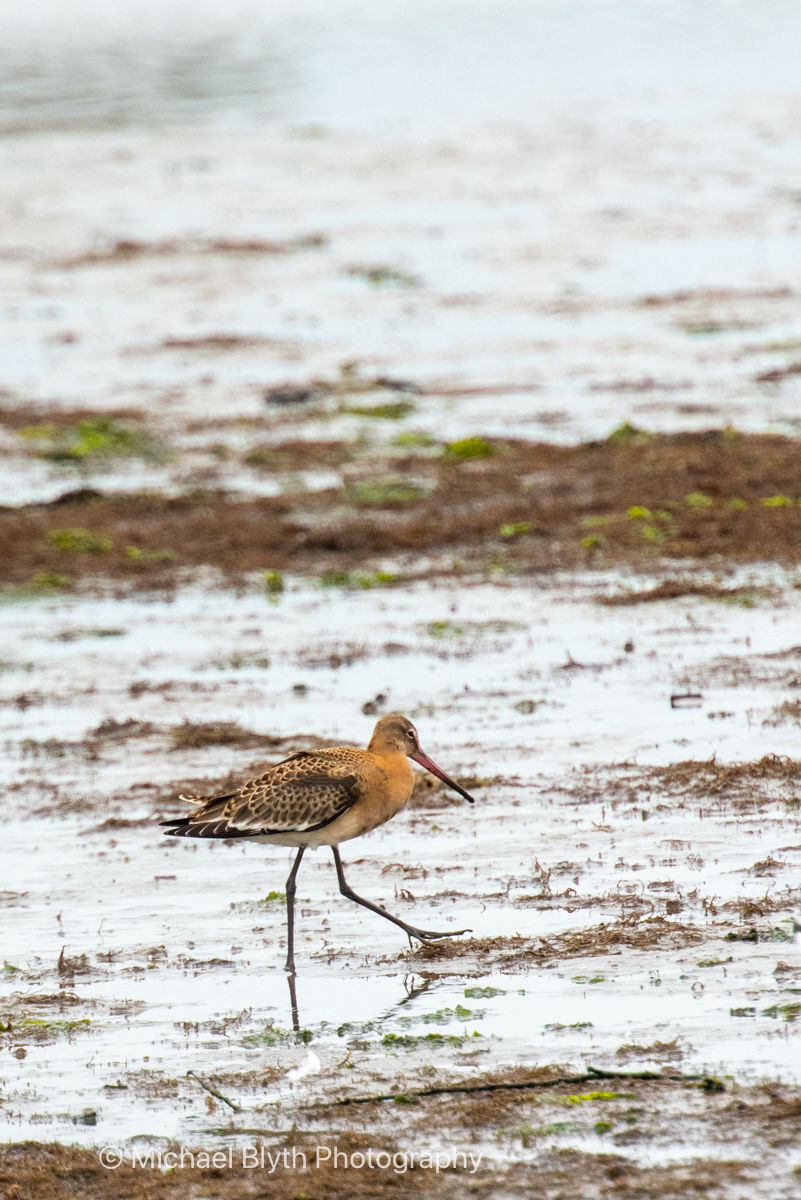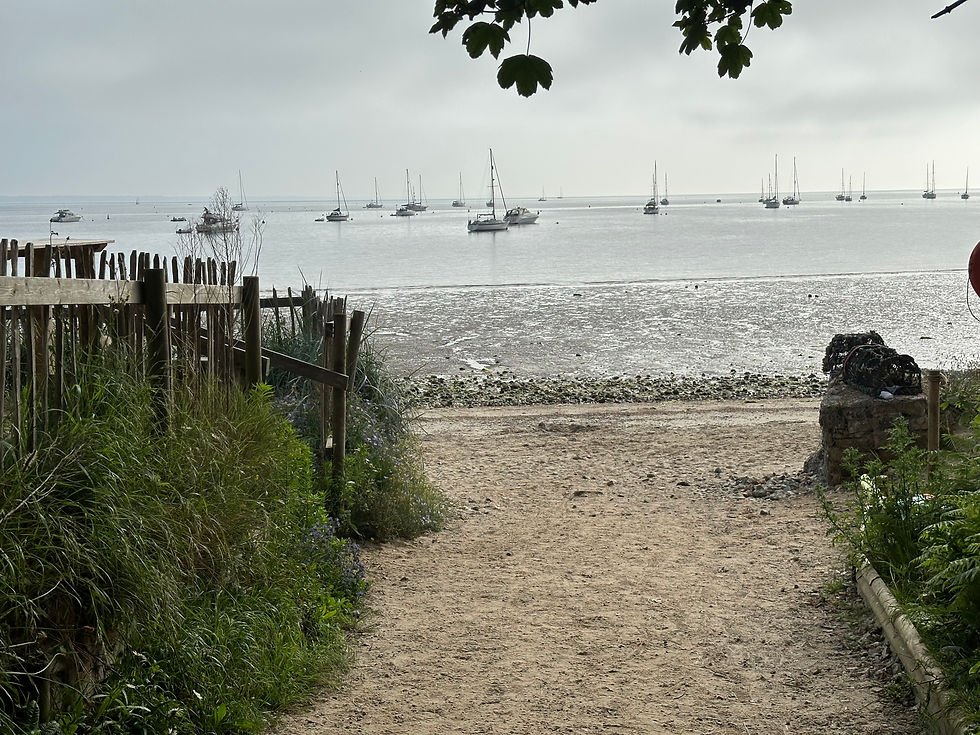Using a teleconverter on your camera – with Simple Photography Tips on Wildlife bird photography
- Michael Blyth

- 3 days ago
- 5 min read
Five simple photography tips on adapting your camera lenses by using a teleconverter, and for Wildlife bird photography
Consider the environment — resist buying new kit if you can adapt
Start with high quality gear to make adapting a realistic option
Consider buying second hand, MPB.com, and wexphotovideo.com are both reliable
The use of the middle appertures and ISO will maximise image quality
Don't shoot to crop if you can help it.. Uncropped is less work and better quality
This Simple Photography Tips article is about making use of what you already have and making some tweaks to improve it. Specifically wildlife bird photography
We are all very aware of the environmental nego's around replacing our old toys, for a new one's, whether it's a car, boat, or latest phone. In my case it was the temptation of a new lens. Did I need to? Not really.
I did think it would be worth spending a little bit of time, for your sake as well as mine, seeing if there was much of an improvement to be made, without the material waste.
I'd been wanting a bit more focal length out of the zoom that 'lives' on my camera, and didn't want to lug something much heavier around.
I had a chat with one of the experts at MPB.com, chap called Sean, about the idea of buying a used teleconverter. His advice was grounded, knowledgeable, and matched what I’ve learned over four decades.
The basis for the advice is that the advances in technology mean that the really great lens I already use isn't going to be optically ruined by the use of a teleconverter.
His advice, and the one I selected was the Nikon 1.7 version, which duly arrived last week.
I was due to be photographing the Ocean Race Europe, as I did indeed do, with the plan of starting at Portsmouth where the yachts were holed up after the first leg from Kiel, and then, once they had left for the start off Cowes, we would dash round to Hurst Spit to catch them coming through..
I was intrigued to know whether the extra focal length, taking the 200mm to 340 mm would be a sufficient advantage for someone who didn't want to go the whole hog with a new lens.
This blog is actually not about the yachting pictures, nor about the rosé brought by our neighbour who met us there.
It's about the first few shots I took, before we went over to Portsmouth, and a couple of days later.
The scene was a tidally influenced pond with an abundance of birds, rushes, and people going for a walk with their friends, the one's that insist on pooing on the footpath.
Incidentally has anyone ever actually come across people who will collect the smelly stuff in a 'poo bag' and throw it into the brambles where it fails to decompose. Or, nearly as bad, leave it by the path, or the gate, or anywhere other than where they know they should take it!!! Rant, rant, rant!
We took our mutt, but didn't leave the bag for others to collect.
It was early, halfway through August, and the first flights of Canada Geese Branta canadensis passed over.

Most photo's I remember taking, this one I realise I don't. I thought I did, and that it was part of a gaggle flying westwards. But the light is wrong, in case you'd forgotten, the sun riseth in the east, and this chap or chappess, is therefore actually flying northwards.
Irrelevant ramble I know, but the direction is important, the light on it's plumage benefitted from a strong, low light, still with that touch of morning gold. It has lit the bird beautifully, and has meant I could use a decent shutter speed, to freeze the wings, and the aperture (1/4000 @ f4.8) meant the picture is sharp.
Image One is the image as taken, on maximum zoom with my chosen lens a Nikkor 70-200 f2.8, with the 1.7x teleconverter on.

Image Two, is the same image, but cropped, in the interests of showing you how the image responds to such.

Image Three was one of those 'life-moments' with this wonderful bird, a common kingfisher - Alcedo atthis, sitting behind a screen of rushes.
The fact that the rushes were there would normally stop me from taking such an image, but I habitually grab the lesser shot in case, as was the case, a better was not possible.
There was not a rushes-free option, and it flew away moments later.
Having looked at, and lived with, this image for a few days, I've fallen in love with it. There is a sense of secrecy, observing the hidden, without invading.

Image Four, is again a cropped in version to see how the Teleconverter affects the quality of the image. I'm very happy with the result.

Image Five. As we moved down the path beside the pond, a black-headed gull Chroicocephalus ridibundus swung into the scene to join it's fellows in the shallows. Lightly cropped, I'm again happy with the image, and in all honesty probably wouldn't have attempted it with the 200mm zoom.

Image Six, same gull, moments later, and quite tightly cropped to produce quite a cool image.
The quality of the image, you may judge for yourself, and like the others there is no 'scientific control' of using a 500 mm lens to compare with.

Taken a couple of days later, grey sky, low tide, and a Black-tailed Godwit - Limosa limosa.
Image Seven, again not one I would have attempted without the teleconverter on the lens.

Image Eight, and another plus for the teleconverter and lens after the image has been cropped to exclude the distracting 'others'.
My conclusion; the use of a teleconverter is an economical and environmentally sensitive way to make your existing lenses more flexible.
Buying second hand, whilst not directly supporting the manufacturer of such great kit, is another step in the direction of more sustainable photography.
My overall feeling is that if you can get satisfactory results without having to buy a much better piece of kit, on what I assume is a fairly early part of your journey, is good on your budget, and good for the planet.
One extra simple photography tip is to use the mid range of the lens if you can. Lenses perform better in the mid-range of the available aperture, and without going to extremes of ISO.
However, depth of field is important, so juggle the balance.



Comentarios